“Necessity is the mother of invention” has been a phrase that has hovered over my career, particularly when it comes to looking for venues to produce theatre. As the artistic director of theatre at Washington, DC’s Solas Nua, and as a freelance theatremaker, I’ve created a lot of shows in nontraditional spaces. I’ve cheekily coined the term “thinking outside the black box” to describe this work. In addition to renting traditional performing arts spaces, Solas Nua has produced in office buildings, bars, private residences, floating marinas, swimming pools, hotels, book stores, parking garages, the great outdoors, and more. Washington City Paper recognized that Solas Nua is “Washington’s finest purveyor of site-specific theater.” We do not have a building of our own, so this praise has been both a badge of honor for our inventive nimbleness and a reminder of the burden of necessity.
As the list of theatres closing their buildings continues to grow, and as smaller companies without permanent buildings struggle to thrive, I decided to write this how-to guide to share the wisdom I have learned (sometimes the hard way) about producing in nontraditional spaces. I hope this guide can be a resource for the future.
Working in nontraditional spaces requires a reimagining of the approach to theatremaking.
Approach Venues Differently
Working in nontraditional spaces requires a reimagining of the approach to theatremaking. There’s no need to produce like a regional theatre company. Instead of approaching venues like a company looking to rent the space, think of it like a band booking themselves at a bar. You are providing a venue with awesome programming that the venue can’t provide on their own, activating their space and drawing an audience they wouldn’t normally attract. Ideally, this leads you to getting the space for significantly cheaper than a traditional venue rental of a performing arts center.
The summer after I graduated from college, I independently produced and directed Martin McDonagh’s The Beauty Queen of Leenane in a warehouse space connected to a local bookstore. One end of the warehouse had two entrances and a small kitchen, which were the bare bones scenic requirements for McDonagh’s play. The bookstore often hosted musicians in their space but had never hosted a theatrical production. It helped that I had frequented the bookstore for a couple of years as a patron prior to asking the owner to host my production. I offered him a door split for the use of the space and told him it would be just like the bands that played on weekends. He was happy to try the experiment, so I didn’t have to pay any upfront money for the venue. That was perfect for me because I had zero dollars after graduating with my theatre degree—and I know other theatremakers are often in a similar boat!
Activate Others in Your Community
When searching for good locations, take the pressure off yourself—you don’t have to be the only person looking for venues. If you work at a company, activate your board, company members, or volunteers. Remind them to think of possible performance locations even when you don’t have an upcoming show planned. If you are producing independently, a little more leg work might be required but all of these principles are the same. Use your community, be curious about your city, get to know a variety of locations and local businesses. Cities are built for people to gather, so if you’re looking for it, you’ll rediscover what and where theatre can happen in dynamic, new places.
Sometimes finding a location inspires the show, like my production of The Smuggler by Ronán Noone, which became my company’s biggest box office hit and landed Solas Nua as a “best of the year” reader’s choice pick in the New York Times. I had seen the premiere of the play on a proscenium stage in a festival and thought it was a great piece but not something I had plans to produce. When a board member suggested that I visit Sheldon Scott, the newly appointed director of culture at DC’s Eaton Hotel, Sheldon showed me Allegory, one of the coolest cocktail bars I’ve ever seen. This board member, who was experienced in brainstorming locations for me, remarked “maybe it's a cool place for a show?” This incredible location inspired me to imagine an immersive staging of The Smuggler with an actor making specialty drinks for the audience throughout the performance. The immersive setting caught DC’s attention, and before the show opened we had already sold out the entire run. And I only found the location because a board member suggested that I go have a drink there. Activating others to be curious about possible venues can open you up to successes you never would have had otherwise.

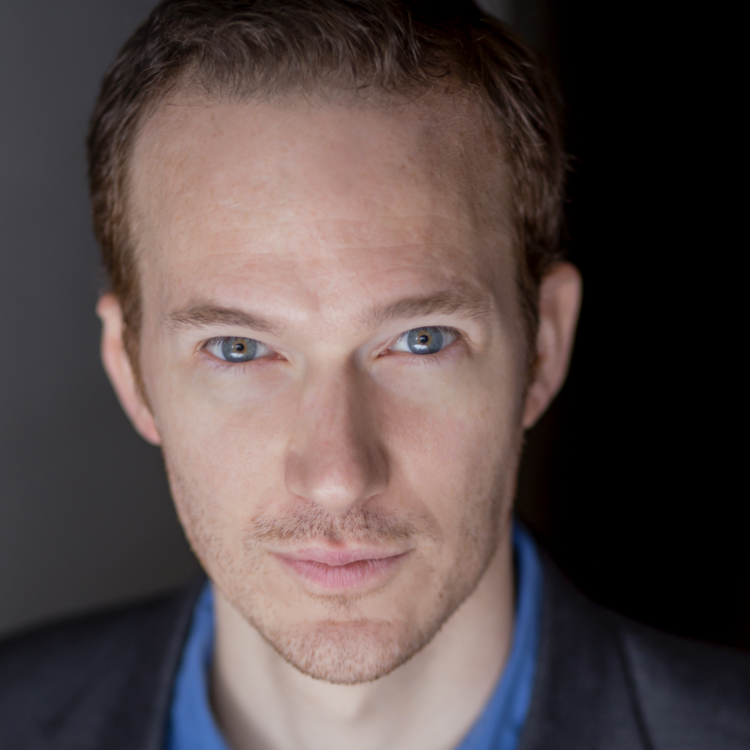
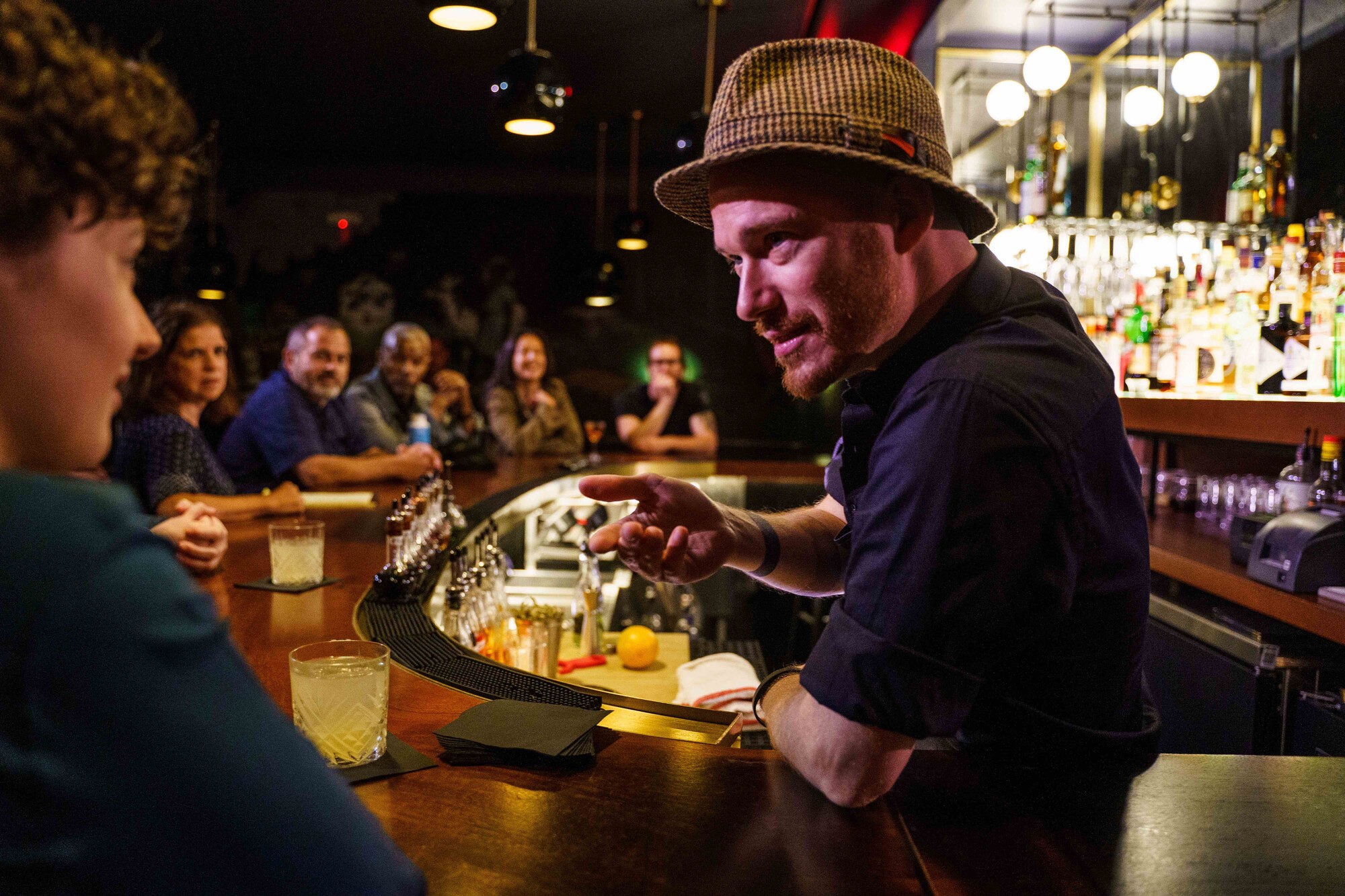
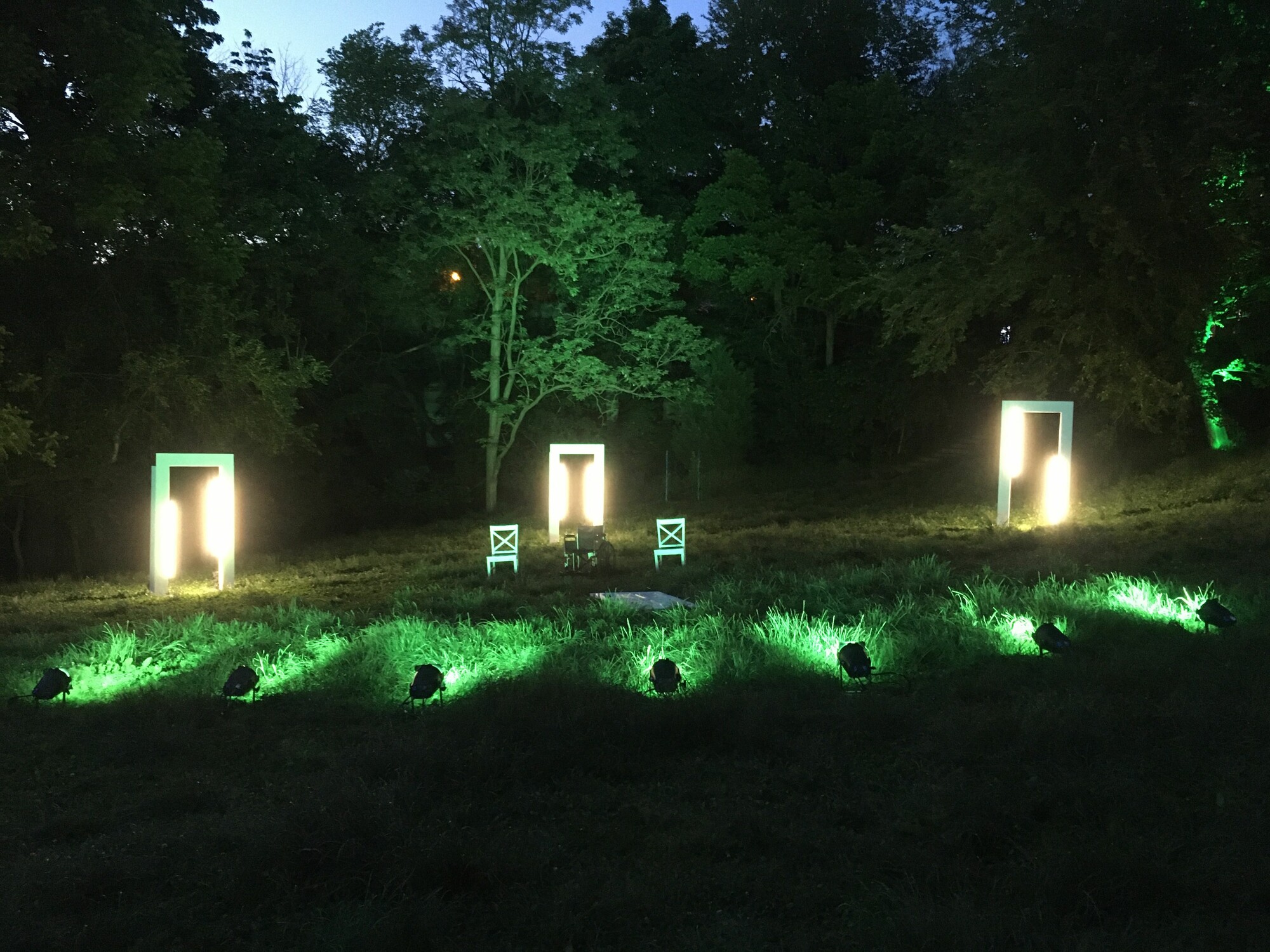
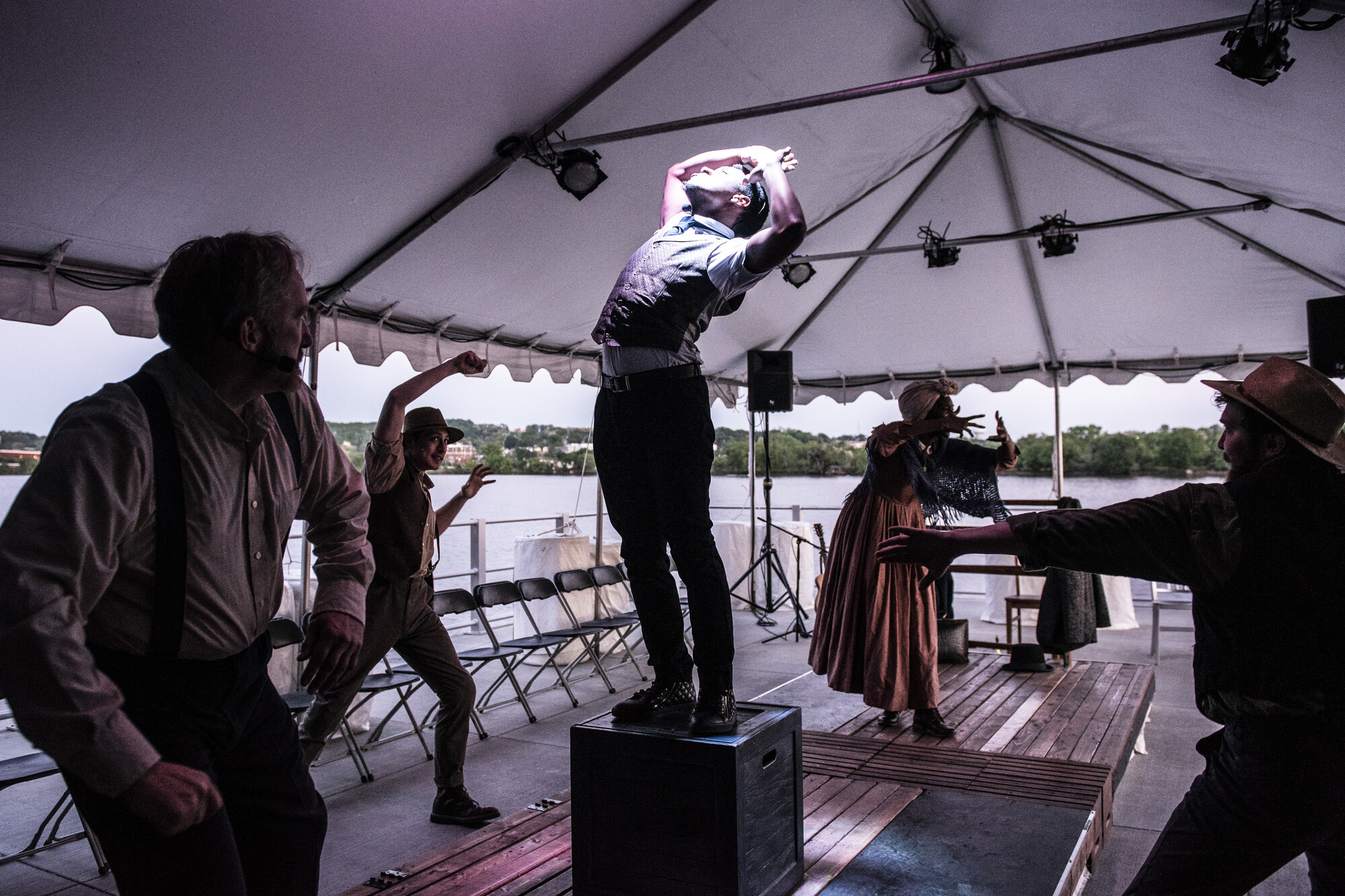
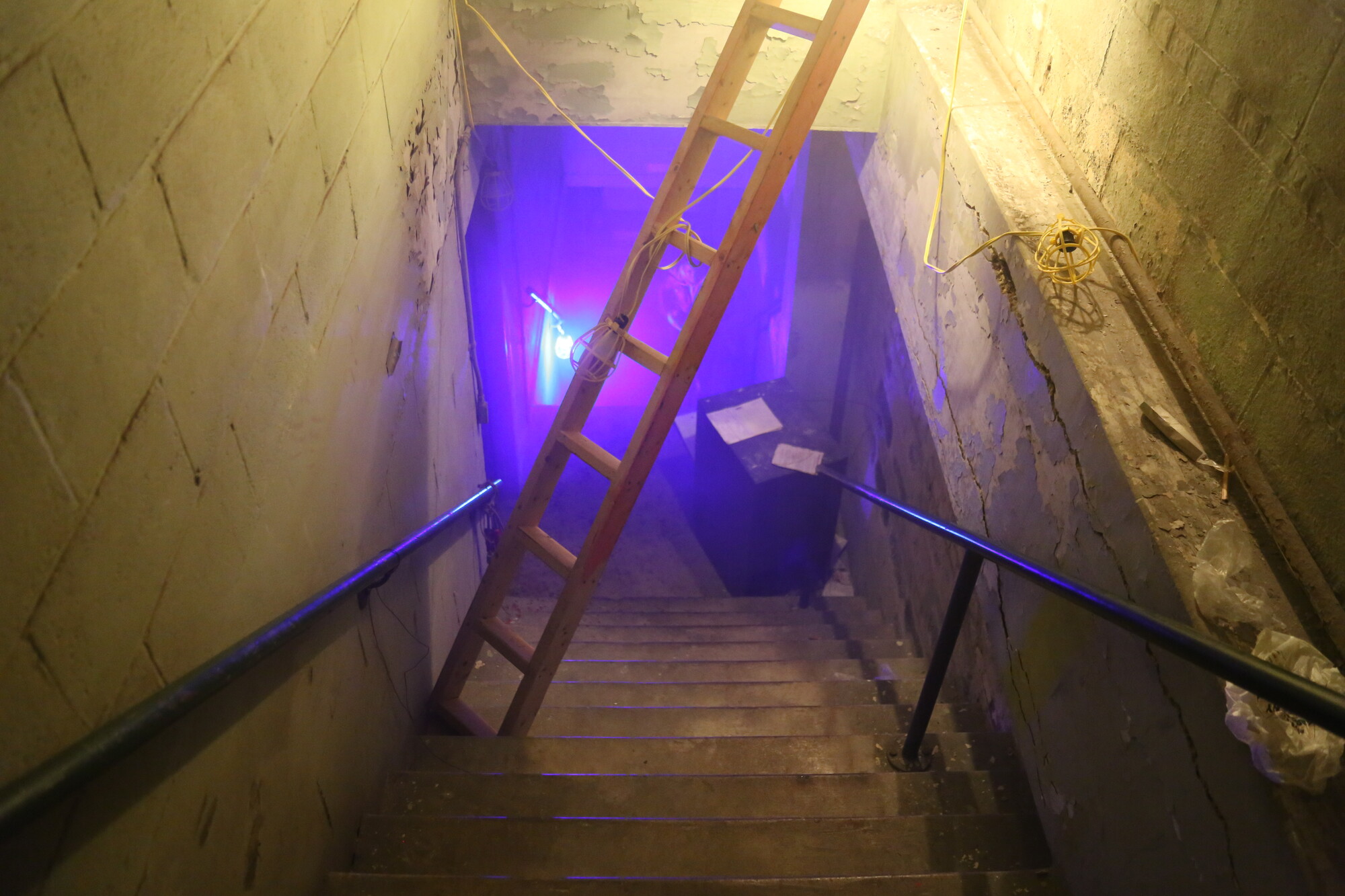






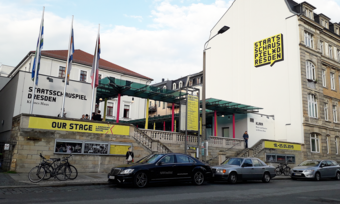


Comments
The article is just the start of the conversation—we want to know what you think about this subject, too! HowlRound is a space for knowledge-sharing, and we welcome spirited, thoughtful, and on-topic dialogue. Find our full comments policy here
Great points and tips to add to my list!
Aronson, Arnold (1981), The History and Theory of Environmental Scenography, Ann Arbor: University of Michigan Press
Ackerman, Alan & Puchner, Martin, eds. (2007), Against Theatre: Creative Destructions on the Modernist Stage, Basingstoke & New York: Palgrave Macmillan
Bachelard, Gaston (1964), The Poetics of Space, New York: Orion Press
Bennett, Susan (1990), Theatre Audiences: A Theory Of Production And Reception, London: Routledge
Birch, Anna and Tompkins, Joanne, eds. (2012), Performing Site-Specific Theatre Politics, Place, Practice, Palgrave Macmillan
Burgin, Victor (1996), In/Different Spaces: Place and Memory in Visual Culture, Berkeley: University of California Press
Carlson, Marvin (1989), Places of Performance: The Semiotics of Theatre Architecture, Ithaca and London: Cornell University Press
Chaudhuri, Una (1995), Staging Place: The Geography of Modern Drama, Ann Arbor: University of Michigan Press
Cohen-Cruz, Jan, (1998), Radical Street Performance, Routledge, London
Etchells, Tim (1999) Certain Fragments: Contemporary Performance and Forced Entertainment, London: Routledge
Ferdman, Bertie (2018), Off Sites, Contemporary Performance Beyond Site-Specific, Southern Illinois University Press
Frieze, James, ed. (2016), Reframing Immersive Theatre: The Politics and Pragmatics of Participatory Performance, Palgrave Macmillan
Fuchs, Elinor & Chaudhuri, Una, eds. (2002), Land/Scape/Theater, University of Michigan Press
Heddon, Deirdre et al. (2009), Walking, Writing and Performance, Bristol: Intellect Books
Hill, Leslie & Paris, Helen, eds. (2006), Performance and Place, Basingstoke & New York: Palgrave Macmillan
Hodge, Stephen, Smith, Phil, Persighetti, Simon et al., (2006) A Mis-guide to Anywhere, Exeter: Wrights and Sites
Hunter, Victoria (2015), Moving Sites: Investigating Site-Specific Dance Performance, Routledge
Huston, Andrew (2007), Environmental and Site Specific Theatre: Critical Perspectives on Canadian Theatre in English, Playwrights Canada Press
Kaye, Nick (2000), Site-Specific Art. Performance, Place, and Documentation. New York: Routledge
Kantor, Tadeusz, trans. Kobialka, Michal (1993), A Journey Through Other Spaces. Essays and Manifestos 1944-1990, Berkeley and London: University of California Press
Kattwinkel, Susan. (2001) Audience Participation: Essays on Inclusion in Performance (Contributions in Drama & Theatre Studies Book 101), Praeger
Kwon, Miwon, (2002), One Place After Another. Site-specific Art and Locational Identity. Cambridge, Mass. and London: MIT Press
Laurel, Brenda (1993), Computers as Theater, Addison-Wesley
MacAuley, Gay (1999), Space in Performance: Making Meaning in the Theatre, Ann Arbor: University of Michigan Press
Machamer, Josh (2017), Immersive Theatre: Engaging the Audience, Common Ground Publishing
Mason, Bim (1992), Street Theatre and Other Outdoor Performance, London: Routledge
McKinnie, Michael (2007), City Stages: Theatre and Urban Space in a Global City, Toronto: University of Toronto Press
Pearson, Mike (2010) Site-Specific Performance, Palgrave Macmillan, New York, NY.
Pearson, Mike & Shanks, Michael (2001), Theatre/Archaeology, London: Routledge
Schechner, Richard (1994), Environmental Theater, New York and London: Applause
Schivell, James (1973), Break Out!: In Search of New Theatrical Environments, The Swallow Press
Smith, Phil (2018) Making Site-Specific Theatre and Performance: A Handbook, Red Globe Press, UK
Stoessel, Alissa Jeanne (2006), Site-Specific Performance and the Philadelphia Live Art Festival, University of Virginia
Incredible list! Thanks for sharing!